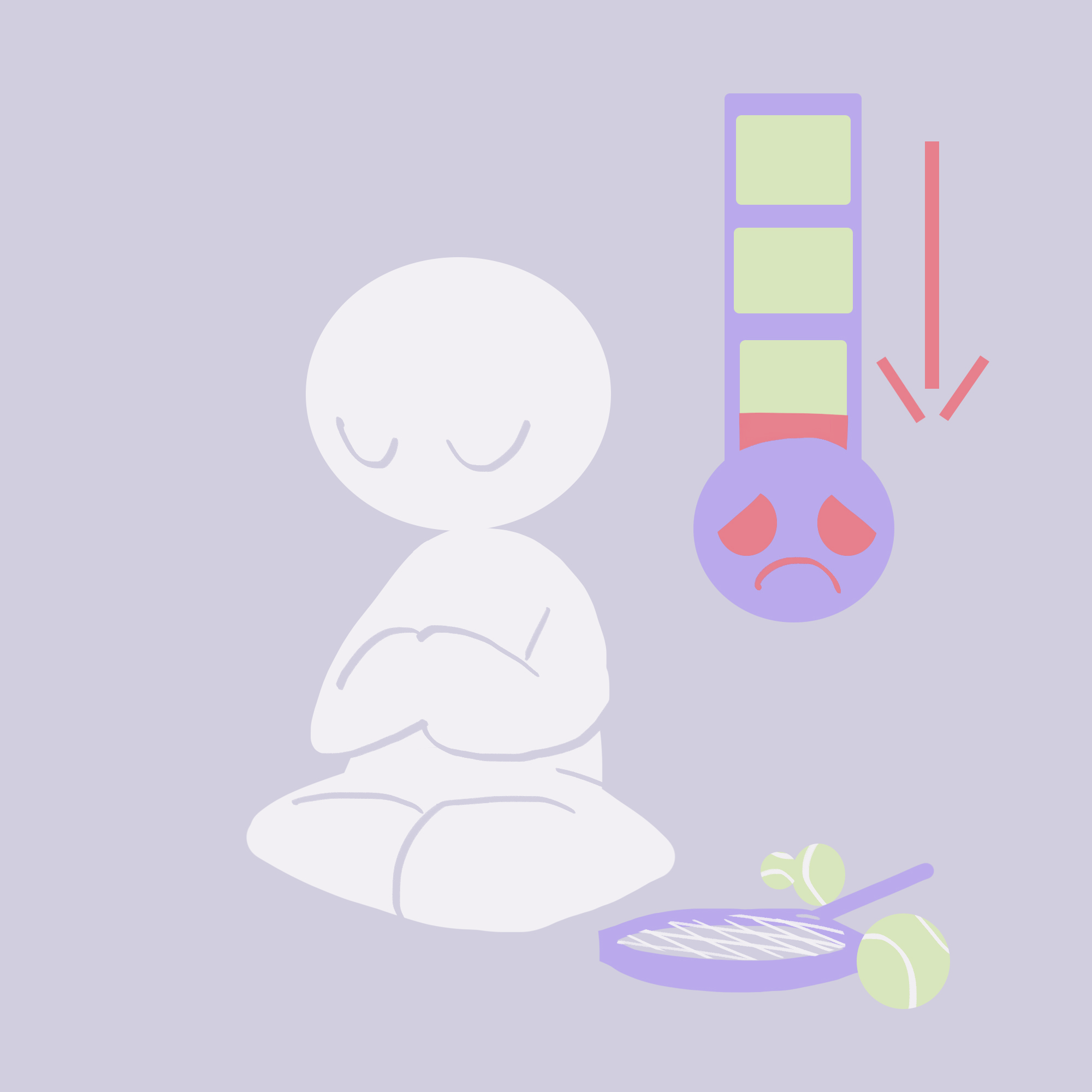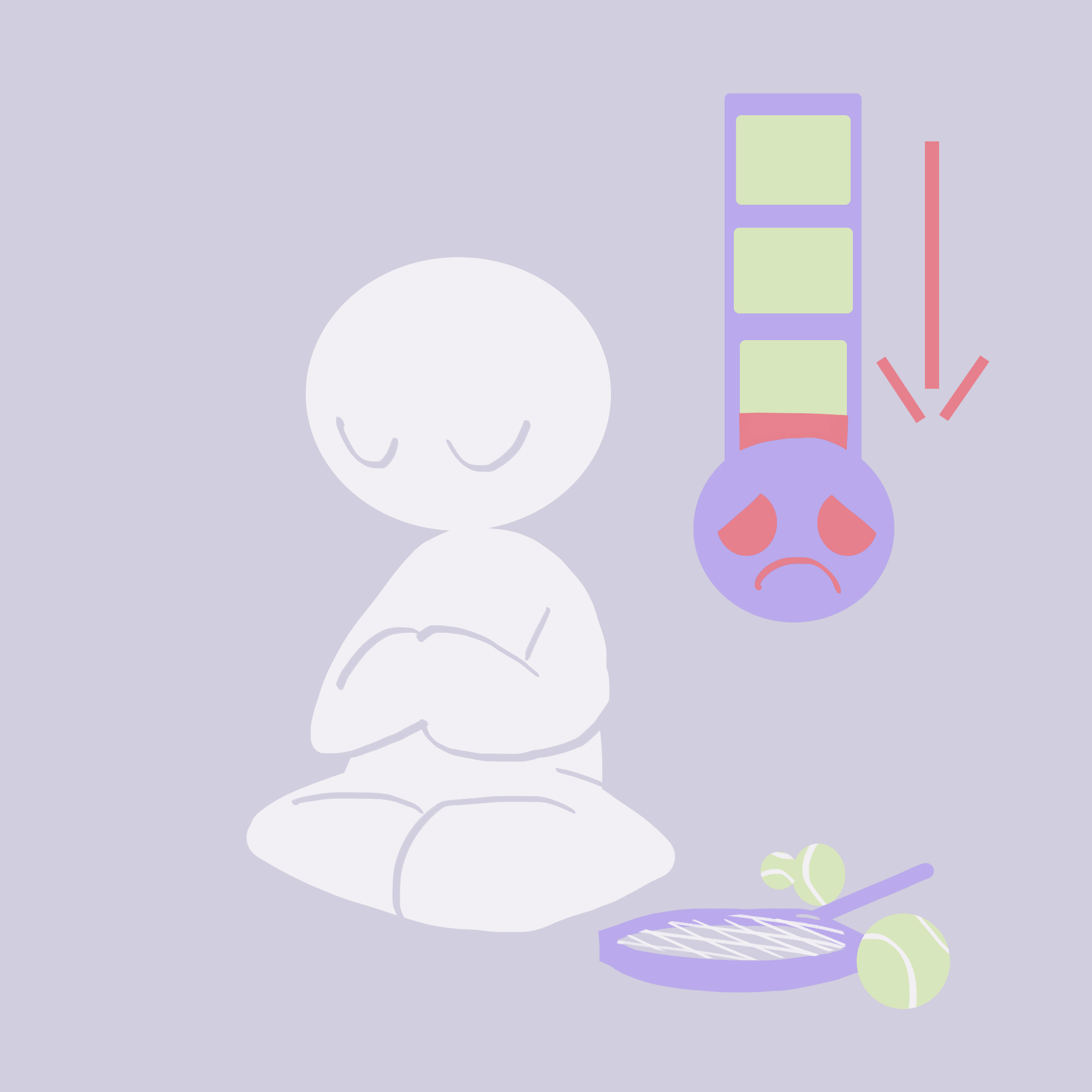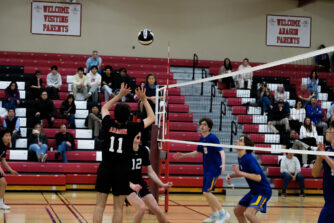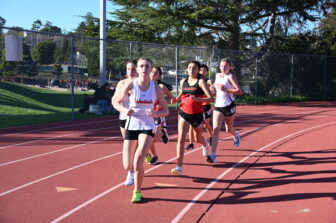

At first glance, sports appear to be purely physical. But, underneath the muscle, there is also an important mental aspect to each game. While athletes must stay fit to compete, having steady mental focus and clarity gives them an advantage over their opponents.
Meditation is a mental practice where people focus their thoughts on a single object or activity to improve attention and awareness, experience reflective introspection and achieve mental clarity. It has been used to treat mental disorders such as anxiety and depression, but also to increase attention span and reduce stress. While meditation is commonly depicted as a cross-legged practice, meditation can be practiced in any position anywhere, including before athletic competitions.
Many top athletes suffer from anxiety due to the extreme pressure they are put under before competitions. For example, Olympic gymnast Simone Biles failed to perform to the best of her ability at the 2021 games because of her mental barriers, despite having better gymnastics abilities than her competitors and the physical fitness to succeed. In athletics, mental health is just as important as physical health.
As a badminton player, I can get nervous before games, making it hard to remember what strategies my coach has recommended for the match. Knowing how to avoid these distractions through meditation can be helpful in staying focused.
The mental boost athletes get from meditation has been proven to help improve performance. According to Olympic gold medalist Carli Lloyd, who currently plays as a forward for the U.S. women’s national soccer team, she uses a technique called visualization. Before each game, she imagines herself on the field in different scenarios she might encounter.
“I’ve basically visualized so many different things on the field, making these big plays, scoring goals,” Lloyd told the Philadelphia Inquirer.
Not only does mental visualization get Lloyd into a confident mindset, but it also immerses the mind in imaginary actions and creates mental pathways of actually doing the action. The action becomes more comfortable and natural.
According to a study by researchers from Harvard University, Cornell University, University College London and the University of Auckland, the brain has trouble making distinctions between memories and projections of the future. Therefore, visualization tricks the brain into believing the imagined event has happened in real life. When the real situation occurs, the brain is ready to respond optimally.
Although most high school competitions are not nearly as stressful as elite ones, visualization can still help athletes with mental preparation before the match to perform at their best. Visualization before the game helps me direct my energy to have a clear mental image of myself on the court rather than waste my energy worrying about the results.
Taking time to meditate also helps lessen the pressure and give time for athletes to check in with their bodies. The link between mind and body shows that it is crucial for athletes to take care of their mental health for peak athletic performance.



